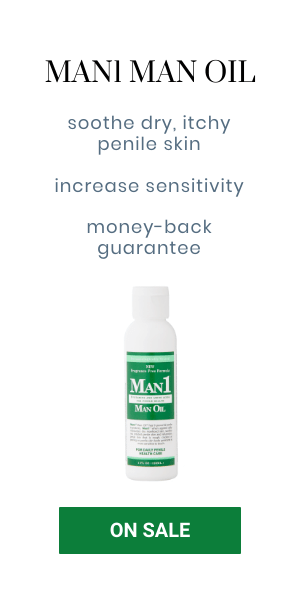Men like to look their best, and for some men that means attempting to cover up any signs of baldness on their head. Men who find baldness unwelcome should know that a recent study indicates a popular ingredient in some baldness drugs may have a link with erectile dysfunction. When a drug has the potential to affect penis health, guys need to take a look at the available information to make an informed decision.
Finasteride
The ingredient in question is called finasteride, and it is marketed for baldness treatments under a number of brand names. In addition to being used to treat baldness, it is commonly prescribed for men with an enlarged prostate. (Interestingly, while it is marketed to treat baldness in men, it is also used to treat hirsutism – that is excessive hair growth – in women.)
Whether finasteride is effective in treating baldness is a question that inspires some debate, but it is officially approved by the U.S. Food and Drug Administration for that purpose.
Erectile dysfunction
Scientists have thought that finasteride may increase the risk of erectile dysfunction in some men at least since a study published in 2010. This belief is based on the fact that one of finasteride’s functions is to lower the amount of testosterone in men, which can have an impact on the sex drive.
Now a new study, published in the journal Peer, provides more evidence that may back up that theory. This study, from Northwestern Medicine, looked at the records of almost 12,000 men in a massive database. They focused on men between the ages of 16 and 89 (inclusive) who had been prescribed drugs for baldness or prostate issues at least once over a 21-year period. They then looked at any diagnoses of sexual dysfunction.
They found that men prescribed the drug for a longer period of time had a greater risk of prolonged erectile dysfunction – and that this was especially true for younger men (those aged 16 to 42.) As they put it, “in young men, prolonged exposure to finasteride posed a higher risk of persistent erectile dysfunction than any other risk factor.”
Indeed, in that earlier age subset (16 to 42 years), men who took the drug for 205 days or more were five times more likely to develop erectile dysfunction than if they took it for fewer than 205 days. And the median duration of the erectile dysfunction was almost four years, even after they stopped taking the drug.
What to do?
Not all men who took finasteride had this issue, but men who are concerned about hair loss and are using or considering using finasteride should consult with their doctors to see if they need to modify or monitor treatment in any way to reduce the risk of erectile dysfunction developing.
Every man has to decide how he feels about personal baldness. Many men embrace it, preferring to shave their heads and rock the look. But not everyone is comfortable with that option. But finding the right balance between baldness treatment and penis health is important.
Baldness aside, erectile dysfunction is easier to manage when there are no other penis health issues to consider. Using a first class penis health crème (health professionals recommend Man1 Man Oil, which is clinically proven mild and safe for skin) can be an aid in maintaining general penis health. It’s wise to select a crème that includes L-arginine, an amino acid helpful in the chain of events that enables penis blood vessels to dilate, making them more receptive to increased blood flow. The crème should also contain acetyl L carnitine, a neuroprotective ingredient that can help prevent the loss of sensation in the penis due to frequent or aggressive use (or misuse).
